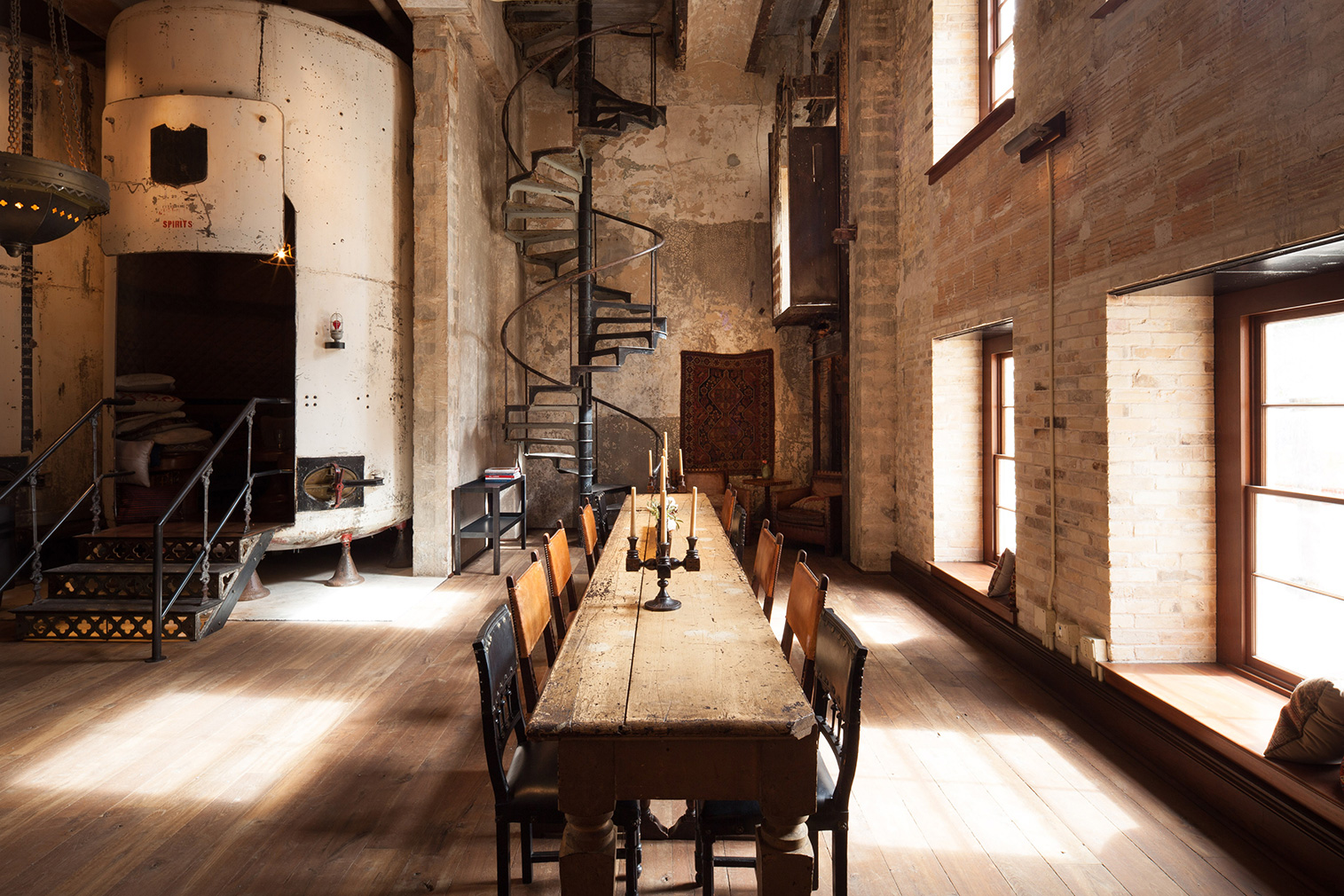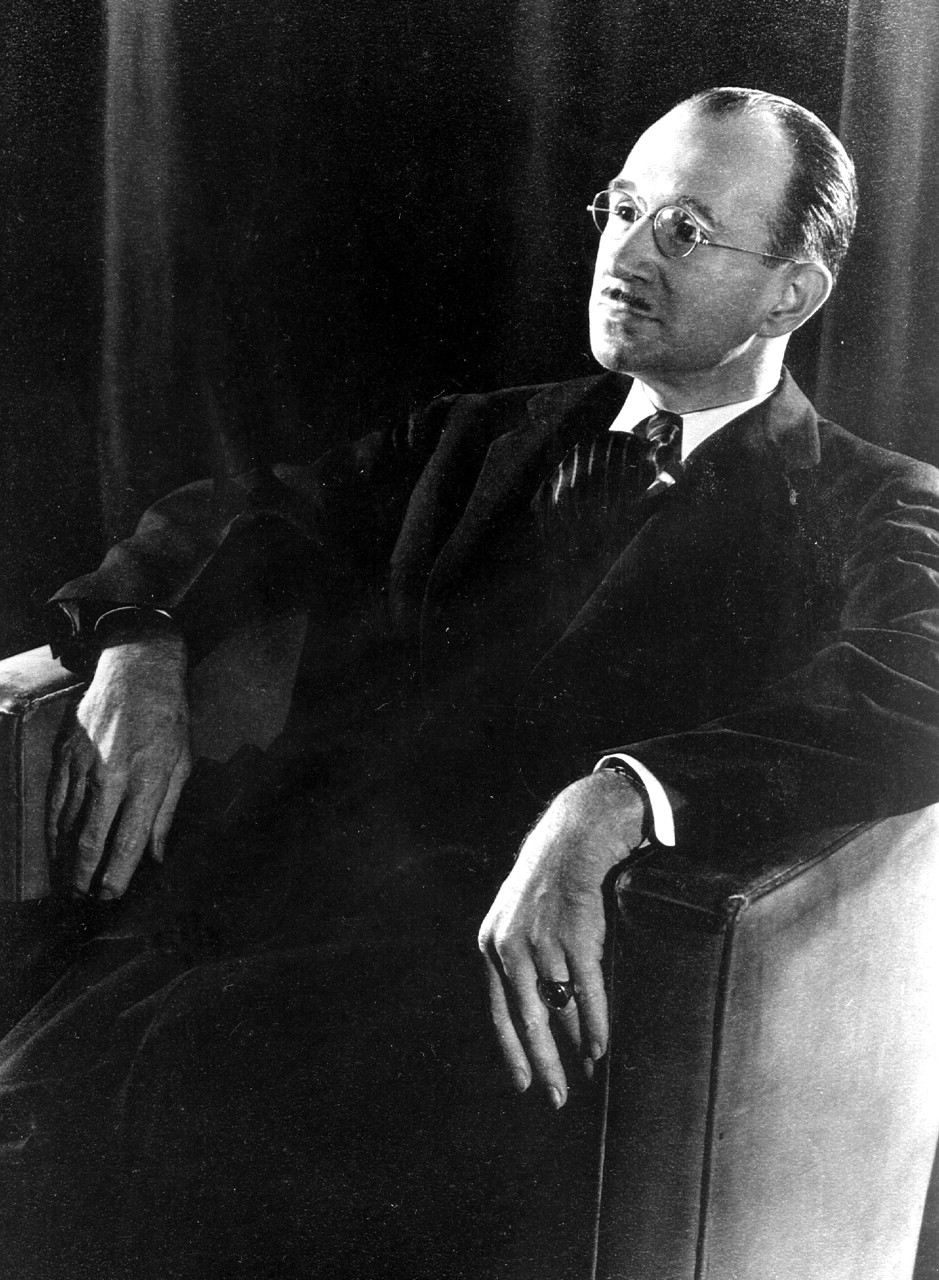A few things are striking me as I'm building this proxy environment.
- I'm modelling to scale but the appearance of scale also has to fit the needs of the story (that's in terms of impression rather than levels of detail, physical restraints or other technical considerations).
- You can zone an environment with geometry, lighting and colour.
- Trying to make a claustrophobic environment is (necessarily?) restricting... Experimentation in focal length is needed... possibly another element to zoning?
Ohhh.. and Boolean operations are still a complete pig!


















